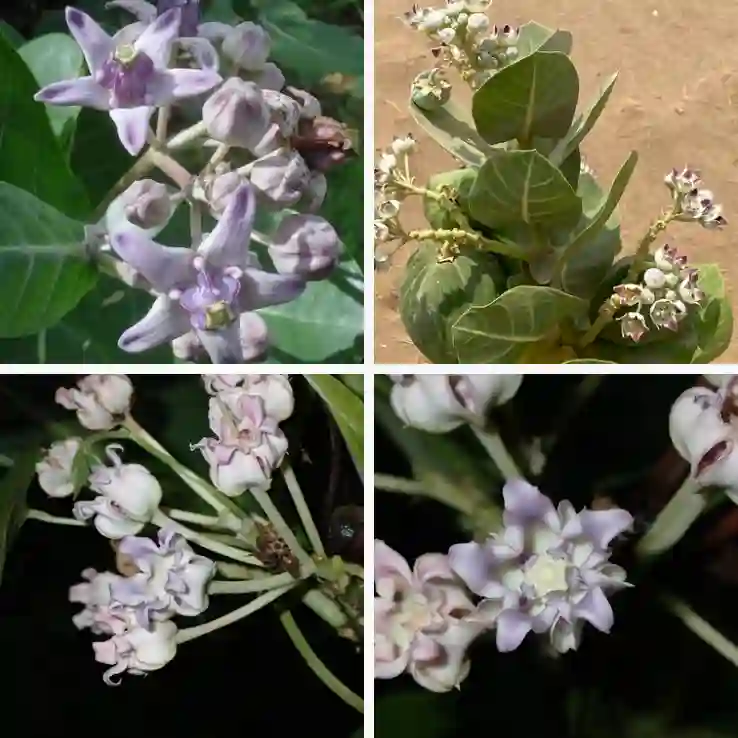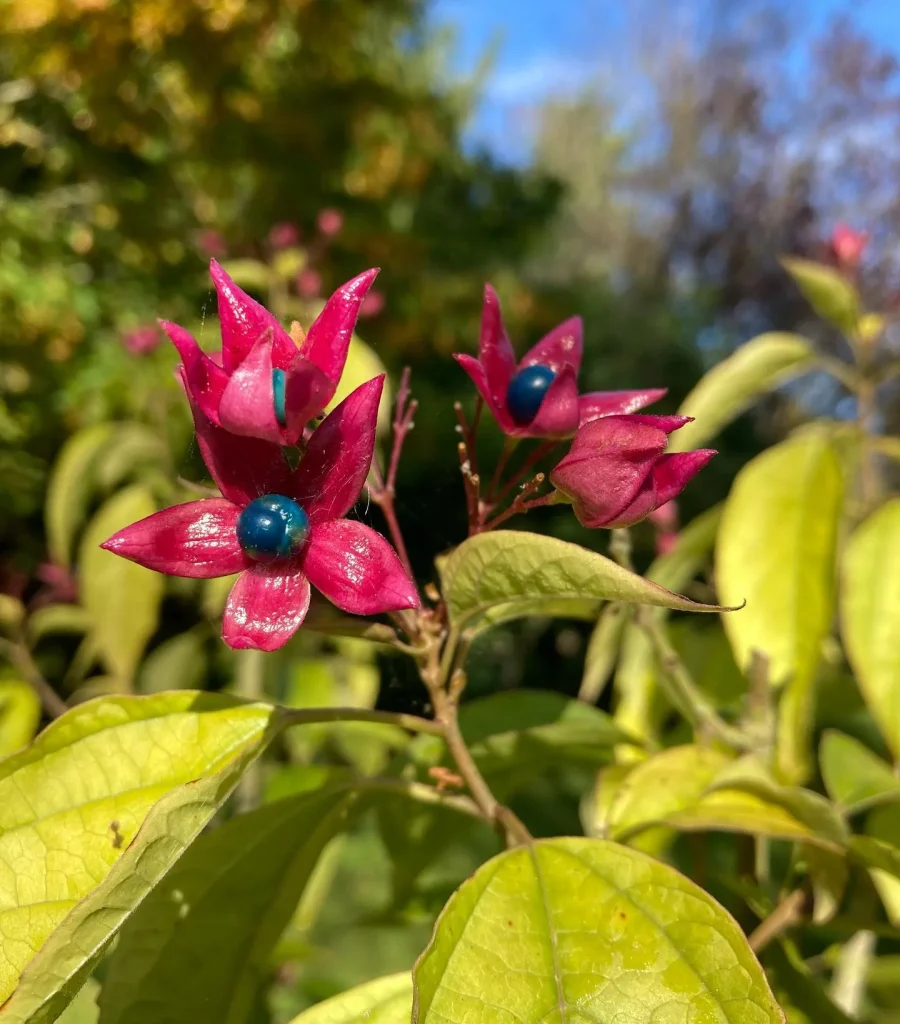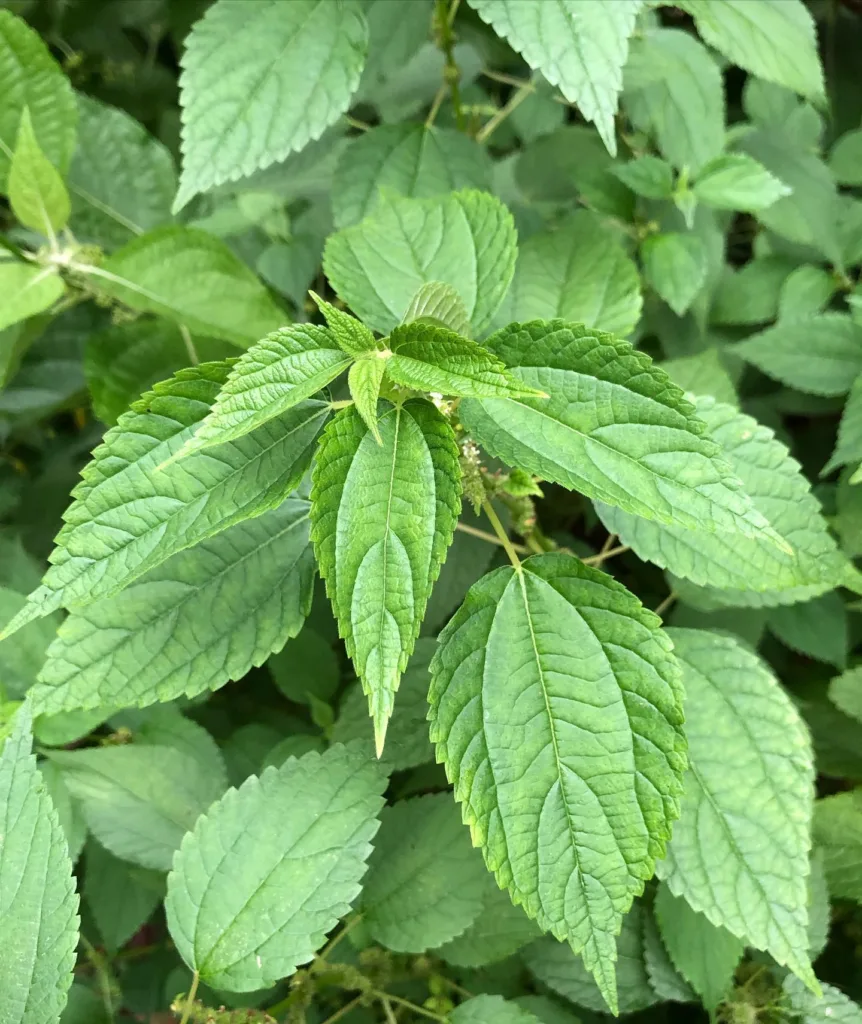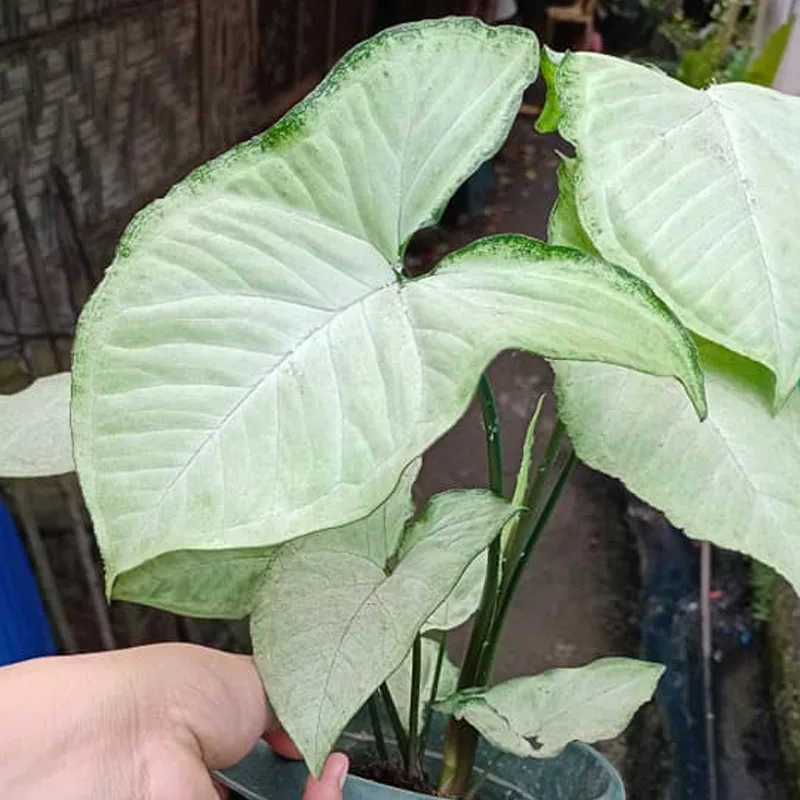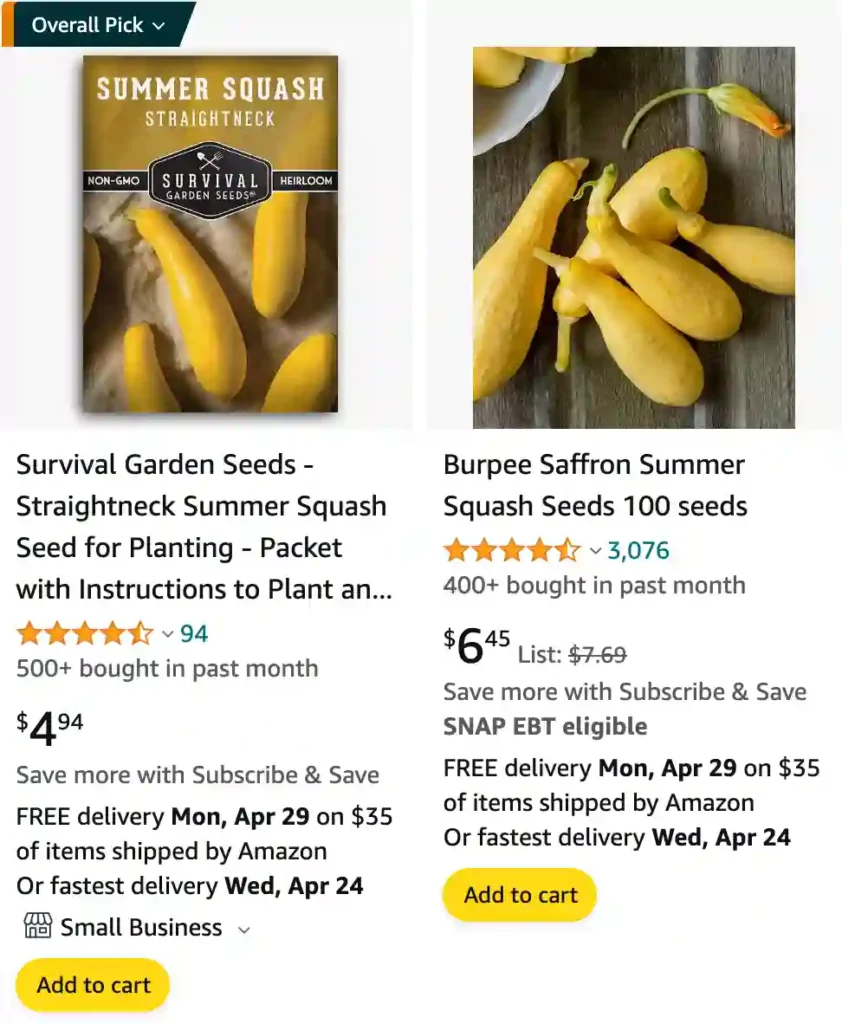
Can dogs eat yellow squash?
Absolutely, my dog loves yellow squash! I usually boil or steam it until it’s soft and then add a little bit to her regular dog food. It’s a great way to sneak an extra boost of fiber and vitamins into her meals. One funny thing is, she seems to prefer yellow squash over the green zucchini variety– maybe it’s the sweeter flavor? Of course, I make sure to remove the skin and seeds before giving it to her, just to be safe. If you’ve never shared yellow squash with your furry friend before, start with just a small amount to make sure their tummy agrees with it.
Can you freeze yellow squash?
You bet! I’ve had great success freezing yellow squash to enjoy those summer flavors during colder months. Blanching them first is key – it takes a little extra time, but totally worth it to prevent them from getting mushy after thawing. My favorite way is to blanch them in bite-sized cubes, perfect for stir-fries or throwing into soups later. They freeze well for up to a year, but I find the texture is best within the first 6 months or so. Last winter, I even grated some yellow squash before freezing, and it worked wonderfully in zucchini bread – a delicious way to use up some of the summer harvest!
How to cut yellow squash?
I like to cut yellow squash depending on how I’m planning to cook it. For stir-fries or roasting, I usually go for thin half-moons. First, I lop off the ends and then cut the squash in half lengthwise. Laying the halves flat on the cutting board, I slice them into half-moons with a sharp knife. If the squash is on the larger side, I might even give it another cut down the middle to create thicker crescents. For dicing, which is great for fritters or adding to salads, I’ll cut the squash in half lengthwise again and then into quarters. Once I have those manageable pieces, I simply chop them up into small cubes. No matter how I cut it, though, I find it easiest to cut the squash on a stable cutting board with a sharp knife – that way I get clean cuts and avoid squash shrapnel flying everywhere!
When to harvest yellow squash?
Ah, this is where I get to be a yellow squash pro! Knowing when to harvest is all about size and feel. You want to pick them when they’re young and tender, not those giants lurking at the end of the vine. I usually aim for squash around 6 to 8 inches long, for the long and skinny varieties. For the cute, scalloped squash, I pick them when they’re 3 to 6 inches across. Here’s the trick though – you want them to feel firm but with a little give. If your thumbnail can easily pierce the skin, that’s a good sign it’s ready. If you wait too long, the seeds get tough and the squash can be a bit mealy. Nobody wants that! So, keep an eye on your squash and pick them at their peak for the best flavor and texture.
Can bearded dragons eat yellow squash?
You bet! My bearded dragon, Spike, goes crazy for yellow squash. It’s a colorful addition to his salad and packs some nutritional punch. I usually chop it up into bite-sized pieces, similar to how I would for a stir-fry. It’s interesting to see how he tackles it sometimes – those little bearded dragon grasps aren’t the most coordinated! But he eventually manages to scarf it down with glee. The only prep work I do is give it a good rinse under the faucet to remove any dirt or pesticide residue. Overall, yellow squash is a definite winner in Spike’s book (or should I say, beard?)
Can chickens eat yellow squash?
Absolutely! My chickens go absolutely bonkers for yellow squash. It’s like a feathery five-star treat for them. I usually just toss them a whole medium-sized squash and they have a blast pecking and tearing it apart. It keeps them entertained for ages, which is great for those afternoons when they seem a little restless in the coop.
Sometimes I’ll chop up the squash into smaller pieces, especially if it’s a larger one. They love the challenge of hunting down all the bits scattered around the coop. It’s pretty funny to watch them strut around with a giant piece of squash in their beak, looking rather proud of themselves. Plus, I know they’re getting a healthy dose of vitamins and fiber from the squash, which is always a good thing. So yeah, yellow squash is a definite crowd-pleaser in the chicken coop!
Can guinea pigs eat yellow squash?
Absolutely! My guinea pigs, Squeaks and Popcorn, do little happy squeaks whenever they see yellow squash on the menu. It’s a delightful change-up from their usual hay and pellets. But just a word of caution – a little goes a long way with these little guys. Their tummies are sensitive, so I only give them a small cube or two, a few times a week.
It’s too cute watching them munch on the squash with those little chompers. Sometimes they hold it in their paws like a tiny treasure chest. One thing to remember is to wash the squash thoroughly before offering any to your piggies, and remove the seeds and skin – those can be a bit tough on their delicate digestive systems. But other than that, yellow squash is a healthy and fun treat for my squeaky little friends.
How to tell if yellow squash is bad?
My yellow squash inspection skills are on point! Here’s how I check for freshness: first, I give it a good squeeze. It should feel firm with a slight give – not mushy at all. If it yields too easily to pressure, that’s a sign it’s past its prime.
Next, I examine the skin for any warning signs. Look out for discolored patches, especially brown or black spots, that could indicate mold or rot. A healthy squash should have a bright yellow, evenly colored skin.
Don’t forget to peek under the blossom end (the squarish stem end). This area can get soft if the squash is going bad. If it looks mushy or discolored, it’s best to toss the whole squash.
Finally, give it a sniff test. Fresh yellow squash should have a very neutral smell, almost no odor at all. If you detect any unpleasant odors, like something sour or funky, then it’s time to say goodbye to that squash. By following these steps, I can usually tell if a yellow squash is fresh and ready to enjoy!
How long to boil yellow squash?
The boiling time for yellow squash depends on how you want it cooked. Here’s my experience:
For tender but still slightly crisp squash (perfect for salads or adding to a stir-fry later), I usually aim for 5-7 minutes. You can test for doneness by piercing a piece with a fork – it should slide in easily, but the squash shouldn’t be mushy.
If you prefer your squash softer, like for mashing, then 8-10 minutes of boiling will do the trick. Again, keep an eye on it and take a piece out to test for doneness with the fork.
Remember, it’s always better to err on the side of undercooking slightly. You can always put the squash back in the pot for a minute or two if it needs a bit more time. But overcooked squash can become mushy and lose its flavor and vibrant color.
Is yellow squash good for diabetics?
In my experience, yellow squash is a great choice for diabetics like me. Here’s why:
- It’s low in carbs and calories, which is important for managing blood sugar levels.
- It’s packed with fiber, which helps slow down the absorption of sugar into the bloodstream, preventing those spikes.
- Plus, it’s full of vitamins and antioxidants, which are beneficial for overall health.
Of course, portion control is still key. But overall, yellow squash is a delicious and versatile veggie that I can feel good about including in my diabetic diet.
Is yellow squash low fodmap?
Yes, according to reliable sources, yellow squash is considered low FODMAP! This is great news for people following a low FODMAP diet to manage digestive issues.
Here’s what I’ve found from my research:
- Monash University, a leading authority on FODMAP research, has tested yellow squash and found it to be low in FODMAPs [1]. This means it’s unlikely to trigger digestive problems in individuals with FODMAP intolerance.
- It’s important to note serving size matters on a low FODMAP diet. Luckily, yellow squash is generally low FODMAP in typical serving sizes [2].
Of course, everyone’s tolerance can be different, so it’s always a good idea to listen to your body. But based on the research, yellow squash seems like a safe and tasty option for most people following a low FODMAP diet.
Why is my yellow squash bumpy?
There are two main reasons your yellow squash might be bumpy:
- Overmaturity: The most likely culprit for bumps is simply that your squash is past its prime. When summer squash like yellow squash stay on the vine too long, they start to develop bumpy or lumpy skin. This is a sign the seeds inside are getting bigger and the flesh might be woodier. If you catch it early, it might still be edible, but for the best flavor and texture, you generally want to pick squash when it’s young and the skin is smooth.
- Variety: Some varieties of yellow squash, like the yellow crookneck squash, naturally have a bit of bumpiness to their skin. This is normal and nothing to worry about. If your squash is bumpy but still on the smaller side and feels firm, it’s probably just the variety and perfectly fine to eat.
To figure out which is the case for your squash, consider its size and feel. If it’s on the larger side and feels soft, it’s likely overripe. If it’s on the smaller side and firm, it might just be a bumpier variety.
How long to pressure cook yellow squash?
Yellow squash cooks up super fast in a pressure cooker, which is what I love about it! Here’s a guideline on how long to cook it, depending on the texture you’re after:
- Tender-crisp (3-5 minutes): This is perfect if you want the squash to retain some bite and vibrant color. It’s great for dishes like stir-fries or salads where you don’t want it to turn mushy.
- Soft (5-7 minutes): If you prefer your squash softer, like for mashing or adding to soups, cook it for a few minutes longer.
Here’s my tip: No matter which cooking time you choose, remember to factor in the time it takes for the pressure cooker to come up to pressure and release pressure naturally. That can add a few extra minutes to the overall cooking time.
Why do my yellow squash have bumps?
There are two main reasons your yellow squash might be bumpy, and it depends on the size and overall condition of the squash:
- Overripe: The most common reason for bumpy yellow squash is simply that they’ve been on the vine a little too long. Summer squash like yellow squash prefer to be picked young and tender, with smooth skin. If you let them hang out on the vine for a while, they’ll start developing those bumps or lumps. This is a sign that the seeds inside are getting bigger and the flesh might be woodier. It’s not necessarily unsafe to eat, but the flavor and texture won’t be at their peak.
- Variety: Some types of yellow squash, like the yellow crookneck squash, naturally have a bit of bumpiness to their skin. This is normal for the variety and nothing to worry about. If your squash is bumpy but still on the smaller side and feels firm, it’s probably just the kind of squash it is and perfectly delicious.
Here’s how to tell which reason is behind your bumpy squash:
- Size and Feel: If your squash is on the larger side (past 6-8 inches long) and feels soft when you give it a gentle squeeze, then overripeness is the likely culprit.
- Smaller and Firm: If your squash is on the smaller side and has a firm feel, even with some bumps, it’s probably just a bumpier variety and good to eat.
So, next time you harvest your yellow squash, keep an eye on the size and firmness to pick them at their prime smoothness!
Why is my yellow squash green on the outside?
That’s an interesting one! There are a couple of reasons why your yellow squash might be green on the outside, even though it’s a yellow squash variety. Here are the two most likely culprits:
- Incomplete Pigmentation: Sometimes, yellow squash can develop unevenly, especially if they don’t get enough consistent sunlight while growing. This can result in some areas of the squash staying green, even on a yellow variety. The good news is, this green coloring usually doesn’t affect the taste or safety of the squash. As long as the squash feels firm and doesn’t have any blemishes or mold, the green parts should be perfectly fine to eat.
- Mosaic Virus: Less likely, but possible, is a mosaic virus infection. This can cause yellow squash to develop mottled green and yellow splotches on the skin. While the squash might not look picture-perfect, the good news is that the cucumber mosaic virus, which is most common in squash, isn’t harmful to humans. You can still eat the squash, though some people find the texture a little off when infected.
Here’s how to decide what’s going on with your squash:
- Look for Mosaic Virus Signs: If the green coloring is patchy and splotchy, with some yellow areas as well, and the leaves of the squash plant itself look mottled or distorted, then a mosaic virus might be the culprit.
- Uniform Green Hue: If the green coloring is more uniform across the squash, with no yellow showing and the plant looks healthy, then incomplete pigmentation is the more likely reason.
No matter the reason, if the squash is firm and doesn’t have any soft spots or mold, you should be good to cut into it and enjoy that yellow squash goodness inside, even if the outside is a surprising green!
If i die, water my plants!
